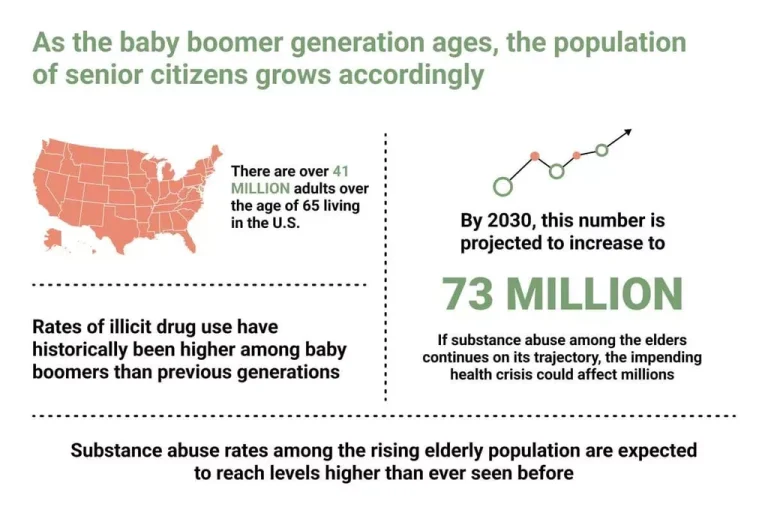
An April 2013 study found a drug called Nalmefene to be a potential new treatment option for alcohol abuse. Researchers in Germany found Nalmefene to be an effective and safe tool for reducing alcohol consumption in alcohol-dependent individuals. A new study from McGill University suggests that people who are at risk for becoming alcoholics have a distinctive brain response when drinking alcohol in comparison to those at low risk for alcohol-use problems. People at high risk showed a greater dopamine response in a brain pathway that increases the desire for rewards according to the lead author of the study Professor Marco Leyton, of McGill University’s Department of Psychiatry.
1. The brain reward system: the mesocorticolimbic dopamine system

I am a PhD-trained biochemist and neuroscientist with over 9 years of research experience in the field of neurodegenerative diseases. As an academic I have published several scientific papers; as a medical writer I have written many articles in print and online, covering topics on ageing, brain health, anatomy, psychiatry, and nutrition. Krystal J et al., The vulnerability to alcohol and substance abuse in individuals diagnosed with schizophrenia. Clinical Pearl – Only 20% of patients may show the full triad in clinical practice. Acetaldehyde is a highly reactive compound that reacts with several catecholamines (i.e. dopamine and serotonin) in the brain. Opioid systems involving endogenous opioids (endorphins, enkephalins and dynorphins) influence drinking behaviour via interaction with the mesolimbic system.
How Does Alcohol Affect Dopamine Levels?

Furthermore, GsDREADD-dependent activation of the serine/threonine kinase protein kinase A (Pka) in the DMS of mice activates Fyn specifically in D1R MSNs to enhance alcohol consumption, suggesting that Pka is upstream of Fyn [54]. Indeed, a large body of evidence supports the role of Pka signaling in the alcohol and dopamine actions of alcohol [3]. Interestingly, phosphodiesterase 4 and 10a (Pde4 and Pde10a), enzymes required for the termination of Pka activity [55], have also been implicated in AUD [56]. Furthermore, a genome-wide association study identified PDE4B as a risk factor in elevated alcohol consumption [6,7].

Increased Urination & Dehydration
A series of human imaging studies over the last decade have demonstrated that alcohol [93, 94] as well as other drugs of abuse [95] increase striatal dopamine release. This is further corroborated by the findings that self‐reported behavioural measures of stimulation, euphoria or drug wanting by alcohol correlates with the magnitude and rate of ventral striatum dopamine release [96–98, 94, 99, 100]. These studies clearly substantiated the involvement of dopamine in the reinforcing effects of alcohol and closely mimicked the findings of the preclinical studies.
- Increased MOR binding could be due to higher receptor levels or reduced release of endogenous endorphins.
- Some of the other proposed differences include sex and body composition and there are also behavioural factors that can influence caffeine metabolism like smoking and diet,” says Smith.
- Early findings indicate impaired mGluR5 signaling to be involved in compulsive alcohol consumption [151].
- Candidate genes suggested in the development of alcohol addiction are involved in the dopaminergic, serotoninergic, GABA and glutamate pathways.
- This is because we can get hooked on the good feelings we’re flooded with when we conduct pleasurable activities.
Recently mutations in the SERT gene, commonly known as 5’- hydroxtryptamine transporter linked polymorphic region (5’-HTTLPR), has been implicated in cases of alcoholism. One mutation is known as the “long” allele and the other mutation is known as the “short” allele. The difference between the two alleles is that the “short” version of the allele has a 44 bp deletion in the 5’ regulatory region of the gene. This 44 bp deletion occurs 1 kb upstream from the transcription initiation site of the gene.[53] This is depicted through the following diagram [Figure 4]. Dopamine is a neurotransmitter primarily involved in a circuit called the mesolimbic system, which projects from the brain’s ventral tegmental area to the nucleus accumbens. This circuit affects incentive motivation, i.e., how an organism reacts to incentive changes in the environment.
- Alcohol is sometimes described as a ‘disinhibitor’ – it makes us less cautious and more inclined to do things we would normally be shy or hesitant about.
- An activated neuron sends chemical signaling molecules called neurotransmitters through the neural circuit which bind to specific molecules called the receptors.
- In this study, it was shown that alcohol dependency comes with a 4-times increase in the risk of developing a major depressive disorder.
- However, a subsequent study by[61] found no role of STin2 VNTR polymorphism in AD.
3. Pre-Natal Alcohol Exposure
Assess how you’re feeling, what you’re thinking, and any concerns you may have about your behavior. Then as you go along with that activity, continue checking in with yourself to make sure everything is feeling calm and not like you’re getting too into the «high» of the act. Mindfulness is the act of making a big point of paying attention in the moment, day to day, rather than functioning https://ecosoberhouse.com/ on autopilot all the time. Making sure you are getting enough relaxation in your day can help to combat the feeling that you need to perform dopamine-boosting activities more often than what is considered healthy. Although it’s important to perform activities that release dopamine, for the sake of feeling good regularly, it is also vital that you don’t become dependent on that release.
Alcohol Withdrawal Syndrome

RBD severity sum-score and clinical evaluation with motor, cognitive, autonomic, and olfactory function tests

Deja una respuesta